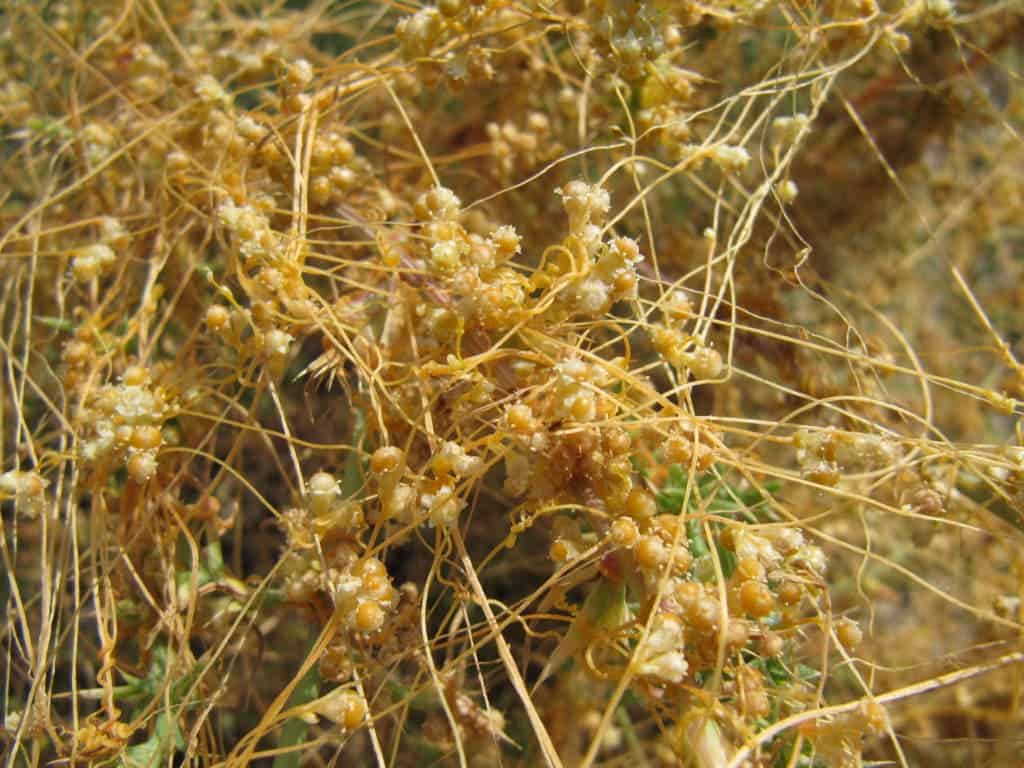Present in almost every biome in the world, parasitic plants are characterized by obtaining some or all their nutritional requirements from other plants through their modified roots. But, according to a new study, nutrients are not the only thing that they can steal.

Researchers from Penn State and Virginia Tech in the US studied the parasitic plant dodder and discovered that it can steal genetic material from host plants, with the objective of more effectively siphoning off the host’s nutrients.
The team headed by Claude dePamphilis concluded that the stolen genes contributed to the dodder’s ability to latch onto and steal nutrients from the host and even to send genetic weapons back into the host. The research was published in the journal Nature Plants.
“Parasitic plants live very intimately in connection with their host, extracting nutrients,” said dePamphilis, “but they also get genetic material in the process, and sometimes they incorporate that material into their genome. Previous studies focused on single transferred genes. Here, we used genome-scale datasets.”
Like the dodder, parasitic plants can’t produce energy through photosynthesis. Instead, they use structures called haustoria to break into a host plant’s supply of water and nutrients. The dodder, for example, wraps itself around the host and grows into the vascular tissue of the plants.
DePamphilis and his team identified up to 108 genes that were added to the dodder’s genome, which are now functional in the plant. As eighteen of these appeared in all dodder species, researchers think that the genes were stolen by an ancestral form of the plant and then maintained in the modern species.
“We don’t see many examples of horizontal gene transfer in complex organisms like plants, and when we do see it, the transferred genetic material isn’t generally used. In this study, we present the most dramatic case known of functional horizontal gene transfer ever found in complex organisms,” the study reads.
The team of researchers is already thinking about the next steps of the investigation. They would like to know how the genetic material is transferred from host to parasite and also explore if the transfer is a one-way street or if the host can obtain genetic material from its parasite.
“We looked at just one of species of dodder, which is just one of over 4000 species of parasitic plants. Does horizontal gene transfer of functional genes happen to the same extent in other species? Is it possible in non-parasitic plants? In other complex organisms? This may be the tip of the iceberg,” dePamphilis said.


